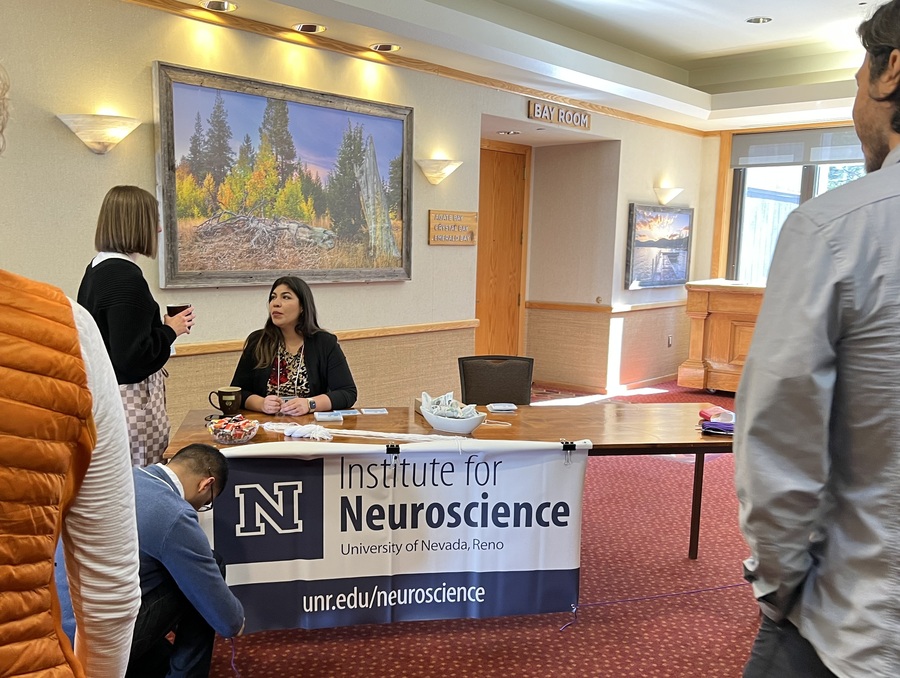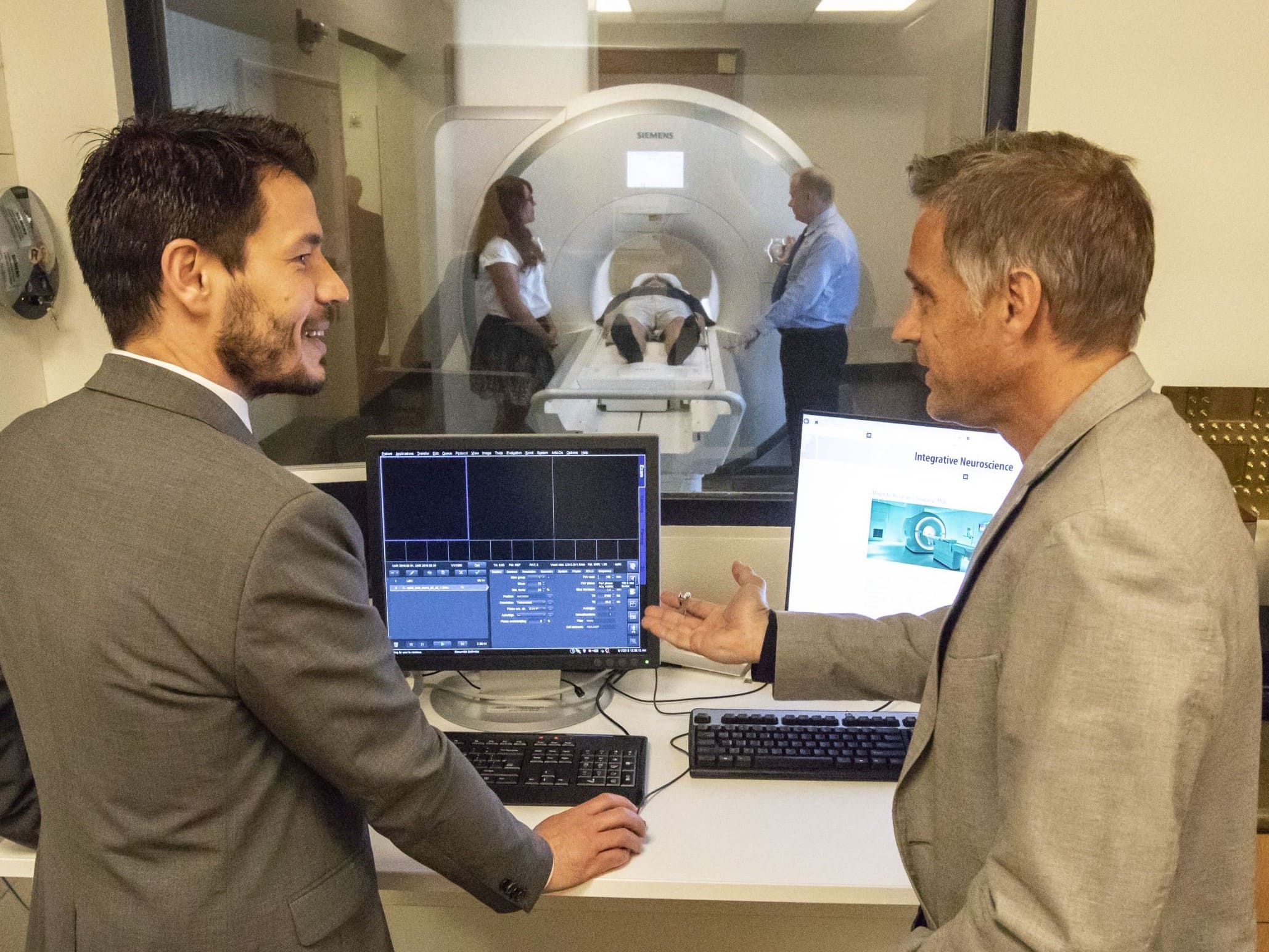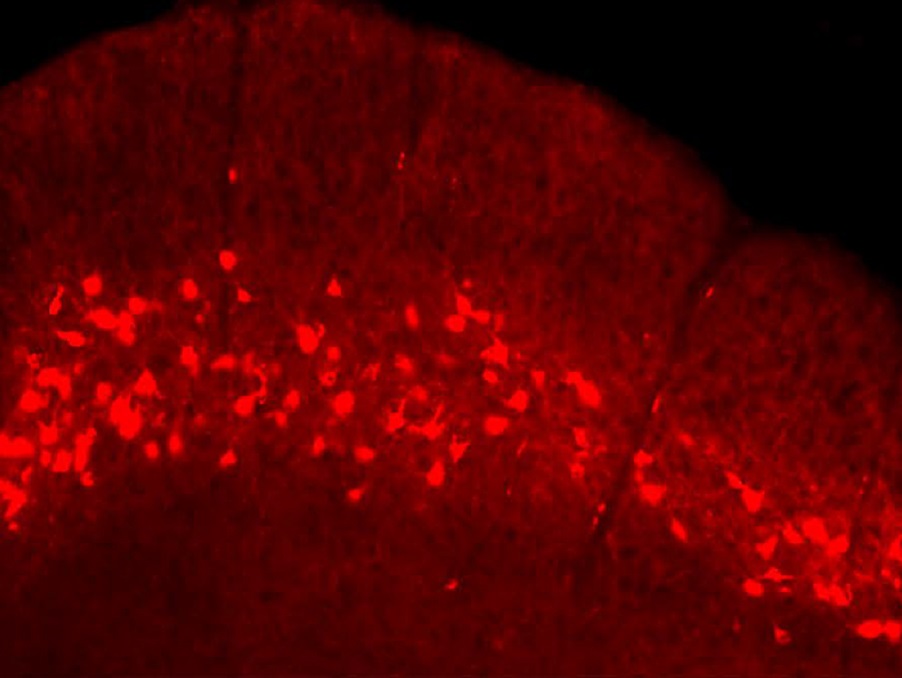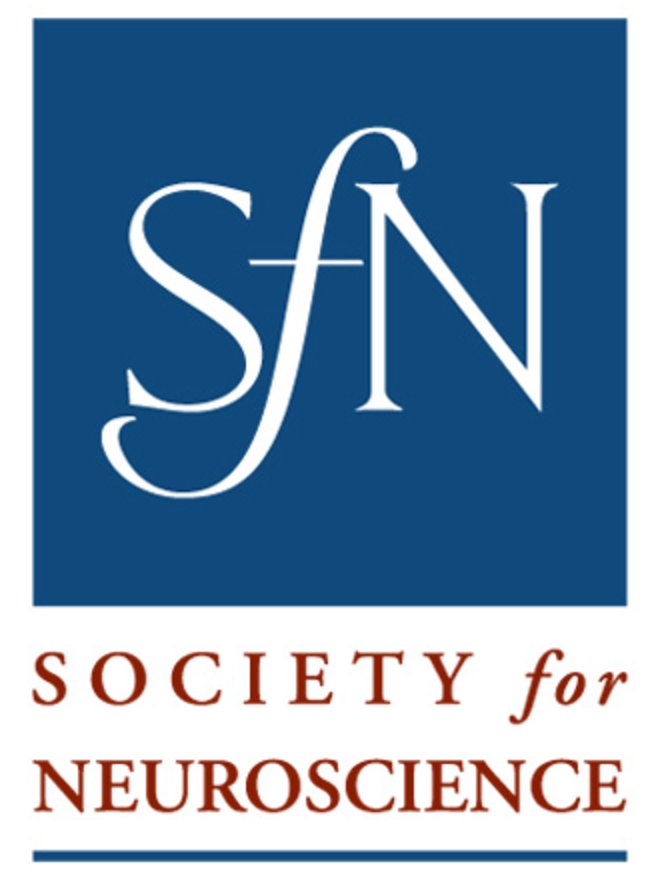 Join us for the 13th Annual Research Symposium
Join us for the 13th Annual Research Symposium
Please join us on Friday, November 17th, from 12:30-6:00 p.m., for an enlightening event featuring a keynote address by Dr. Arshad Khanani, alongside engaging presentations by members of the neuroscience community. The program will also include informative poster presentations and refreshments.
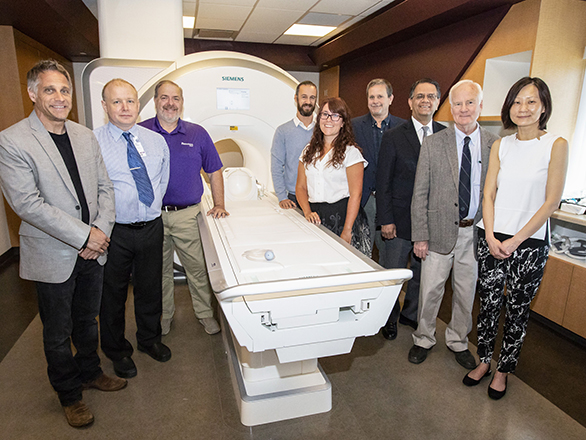
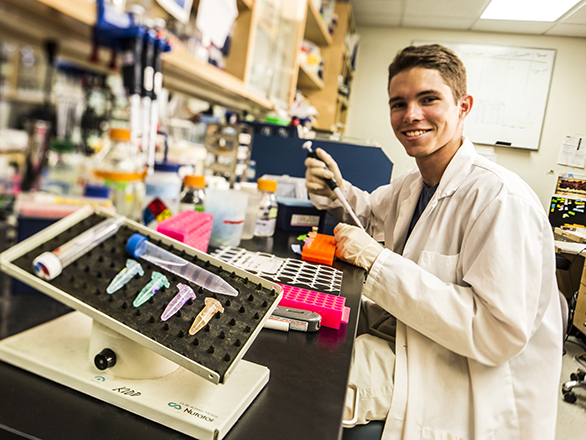
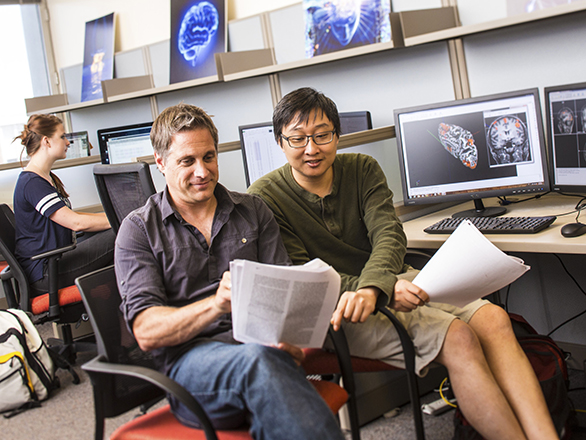
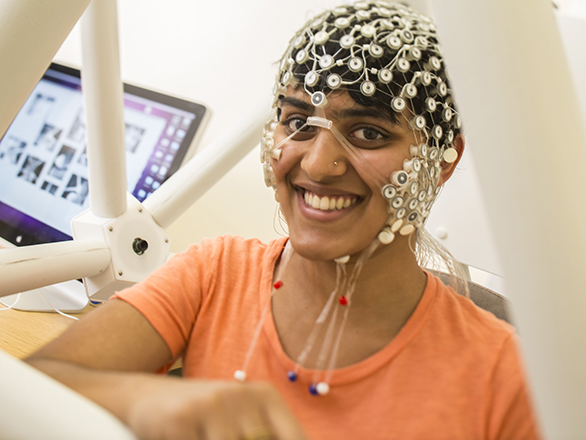
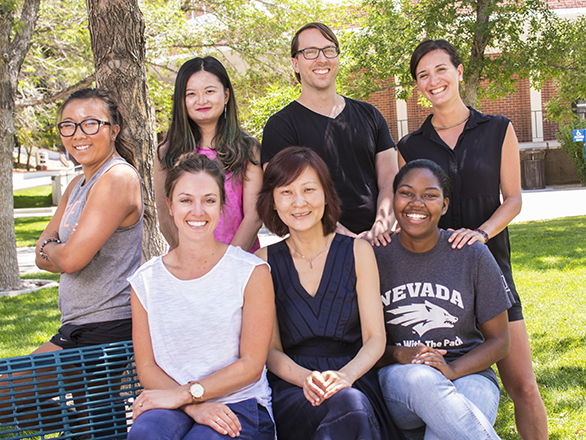
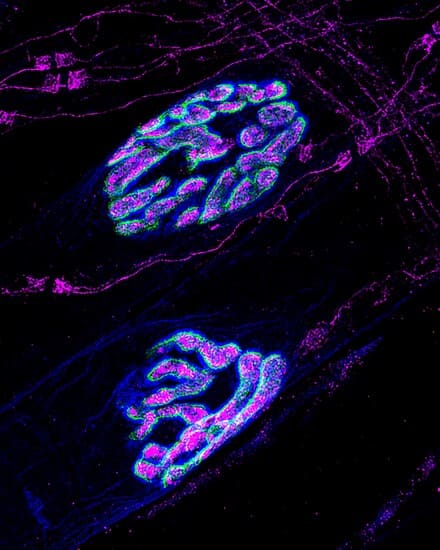 Durbin, a graduate student in the Integrative Neuroscience Program working with Dr. Robert Renden is the first author of a paper,
Durbin, a graduate student in the Integrative Neuroscience Program working with Dr. Robert Renden is the first author of a paper, 